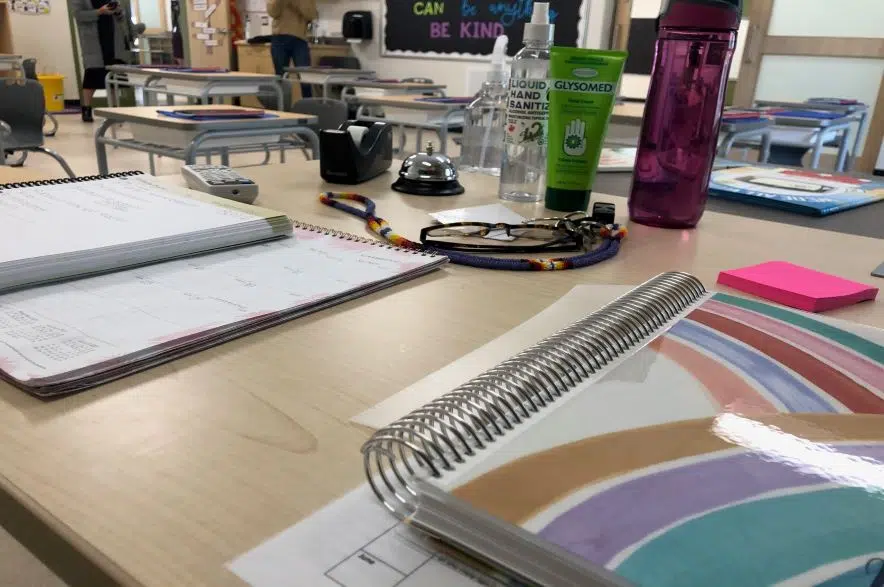The Saskatchewan Teachers’ Federation (STF) and the Saskatchewan School Boards Association (SSBA) both say new funding from the provincial government will help educators a little bit, but it’s probably not enough at the end of the day.
On Thursday, the Ministry of Education announced $40 million in new funding for school divisions: $20 million to be used to address enrolment growth in the 2023-24 school year beyond what divisions projected, and $20 million to be used to help school divisions hire support staff “to respond to challenges of classroom complexity.”
The call for more money came as some of the largest school divisions across the province said they were dealing with growing class sizes from new students enrolling later in the year and to deal with the rising cost of inflation that has plagued them.
Board officials were looking for ways to trim budgets or were planning to add fees to make up for lower-than-expected funding in the provincial budget.
SSBA president Jaimie Smith-Windsor explained what this could mean for the divisions across the province.
“School boards have been calling for funding and investments in education for quite some time now,” Smith-Windsor said Friday. “These dollars are going to be useful — they’re going to help boards avoid some of the cuts currently being considered at their tables and maybe get closer to maintaining status quo operations for next year — but they will fall short of the kind of investment that’s needed in the underfunded education system.
“When this announcement was made, it was acknowledgment for boards that the dollars announced on budget day were insufficient to meet those needs. It’s likely these dollars aren’t going to fully cover the enrolment growth and those inflationary pressures.”
STF president Samantha Becotte feels the money won’t help teachers deal with the rising number of students entering the system.
“Unfortunately, while there may be benefits we can see, we simply know it’s not enough. Enrolment was above (a) two per cent (increase) and $20 million is really only one per cent of the education budget, so we know that is a shortfall,” said Becotte. “And $20 million spread across 27 different school divisions, it’s not going to be able to equate to enough staff to bring class sizes down to a reasonable size. It’s not going to ensure that kids get the support they need.”
While the added money should help benefit the province’s school divisions in the short term, Smith-Windsor says the SSBA still needs to analyze more about how exactly the new funds will impact the divisions in the next school year.
“We’re going to be working with our members now to see how far this funding will go in the upcoming year. We’ll also look at the conditionality of those dollars because flexibility is super important to our boards as well,” Smith-Windsor explained.
“We know these dollars will go to the board tables and reduce some of the cuts being considered, but as far as how far they’ll go, we’ll have to work with our members to understand that picture fully over the next couple weeks.”
Both Becotte and Smith-Windsor agreed the teachers rally held in Regina last month helped them get the province’s attention.
But Becotte is wondering why things had to get to that point in the first place — especially since school board budgets are due to the province at the end of June.
“We want to see these increases come in the provincial budget. If we can provide $40 million for education on June 1, why wasn’t that money there in March when the budget was announced? (The province) had a $1-billion surplus,” Becotte added.
“The fact that we’re seeing (the money) now is likely reactive to the rally (in May), which is great to see they reacted and provided some sort of reaction. But like I said, it’s not enough.”











